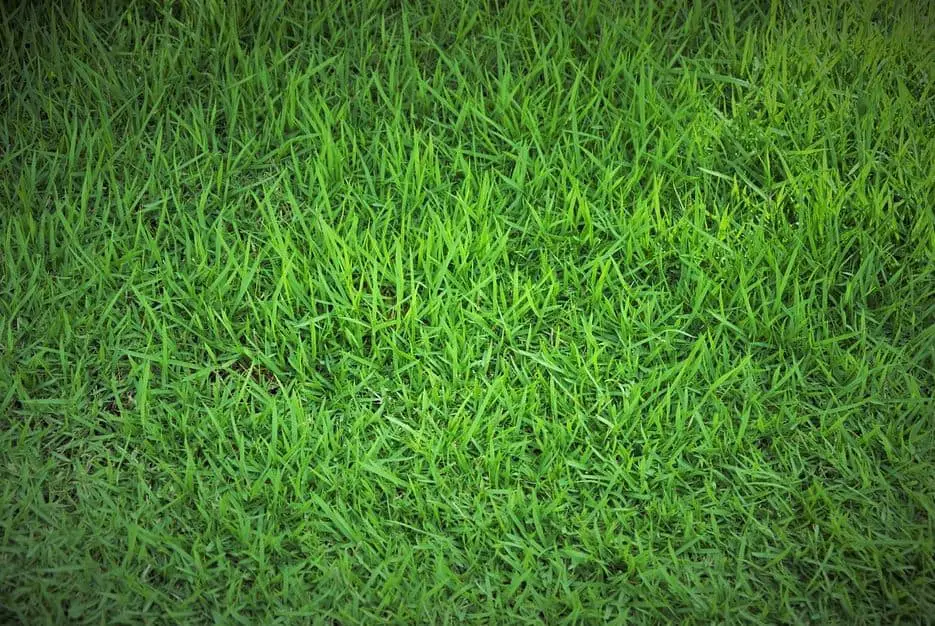A house with a lawn that is lush and green has always been a dream of mine. However, achieving such a fantasy would need a lot of nitrogen fertilizer, a lot of pesticides and herbicides, and a lot of water. Saving money, the environment, and time may all be achieved by locating sustainable minimal-care grass. Eco-friendly sod is offered to replace existing lawns or to establish new turf areas. Some methods may significantly lessen the environmental effect if you want to avoid replacing the current grass.
Turfgrass breeding is a comprehensive research that aims to create strains with desirable characteristics, such as drought tolerance, disease resistance, and insect resistance. Additionally, it aims to create grass seeds that won’t harm the land, resources, or rivers. Turfgrass experts have worked towards eco-friendly grass seeds for many years, and the items are now readily accessible. While some environmentally friendly seeds are for conventional lawn grass, others were created utilizing wild, local grasses.

Sustainable Traditional Turf
There have always been more durable turf seeds depending on the zone. Currently, grasses on lawns need less nitrogen, have less heat stress, and can withstand foot activity. Zoysia grass can be used without regular mowing, minimal fertilizer, and tolerance to drought. It is a warm-season grass that spreads quickly and fills up any holes. Most weeds are outcompeted by it, reducing the need for herbicides. Tall fescue also uses less water because of its extensive root system. In comparison to a Kentucky bluegrass cultivar, it requires less fertilizer. For shaded regions, fine fescue makes an excellent, ecologically friendly lawn. Although fine fescue cultivars do well in low light with less fertilizer required and mild water desires, shade grass is known for being picky. Sheep and hard fescues need little upkeep.
Native Grasses as Turfgrass
The local wild grass species have a significant advantage over the turfgrass produced. They are appropriate to the temperature and soils, have inbuilt resilience to disease and pests, and are naturally adapted to the area. Typically, wild turfgrasses are a blend of many species. The grass will seem nicer and more like natural stands as a result. They need less water and mowing and are immune to many local illnesses and pest insects. They also have a deep root system, acquire fewer weeds, feed animals and insects, and lessen soil erosion. Native grasses may result in a less perfectly trimmed lawn resembling a golf course, but less chemical, water, and equipment are used because of their fortitude and flexibility. Buffalo grass, blue grama, and curly mesquite are some grasses utilized in native mixtures. These grasses work well in the south but less so in the north.
Eco-friendly Management Techniques
If changing the grass is not an option, recommended practices may help to raise the sustainability factor. Utilizing natural, non-toxic products such as pesticides and herbicides reduces the amount of contaminants entering the soil and water table. For optimal moisture percolation to the roots, keep the grass aerated. Dethatch every few years to keep the roots from being choked and let air and moisture into the soil. Only cut the grass to a height of 3 inches (8 cm) to prevent moisture loss and lessen weed seeds’ development. One-third of the nitrogen the lawn needs is comparable to a thin coating of grass clippings filtered into the mulch. Water your lawn before the sun rises to give the moisture time to seep in before it evaporates. To control water flow and the time of day, consider utilizing timers. Every year, add a layer of compost as a source of nutrients and advantageous microbes.

